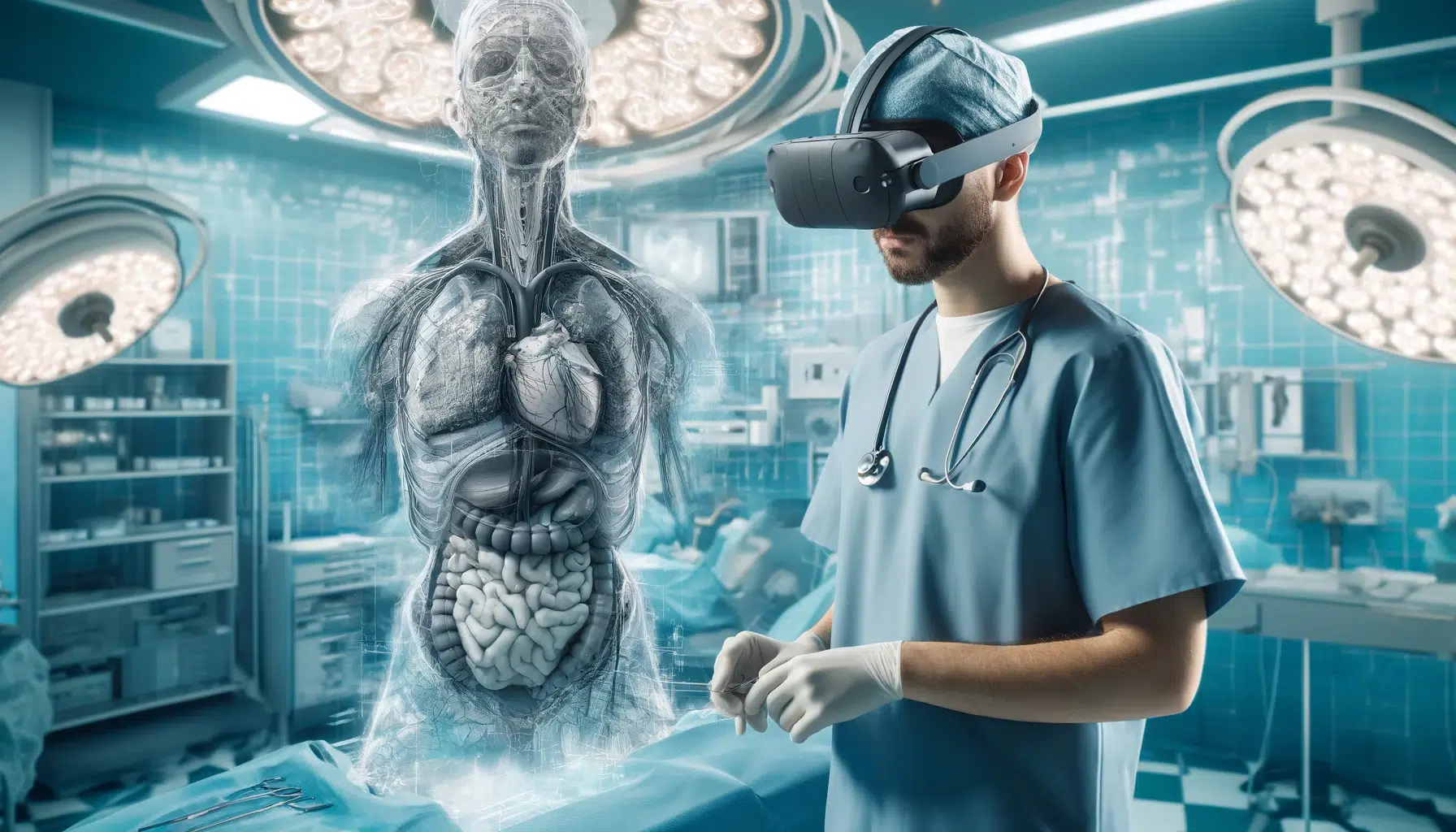- VR completely immerses the user in a digital environment, without interaction with the real world.
- AR adds digital elements to the real world, allowing you to see both simultaneously.
- MR enables advanced interaction between digital and physical objects in real time.
- XR encompasses all technologies, providing a comprehensive view of immersive realities.

Today, the digital world has evolved considerably thanks to immersive technologies, giving rise to terms such as Virtual Reality (VR), Augmented Reality (AR), Mixed Reality (MR) y Extended Reality (XR)Although they may seem similar, each of these technologies has specific characteristics and applications that differentiate them from each other. This article will help you understand in detail what each of them is, their differences, and in which areas they are used.
As these technologies advance, confusion between terms has become common, with many people not knowing exactly how to distinguish between them. From gaming experiences to applications in education, healthcare and commerce, knowing the specifics of each will allow you to better understand their impact today and in the future.
What is Virtual Reality (VR)?
La Virtual Reality (VR) It is a technology that immerses the user in a completely digital environment, blocking the perception of the real world. This is achieved through devices such as virtual reality glasses or helmets, which project three-dimensional images and, in many cases, allow interaction with the elements of the virtual environment.
VR devices include Oculus Rift, HTC Vive and PlayStation VR, which use sensors and controllers to provide immersive experiences in video games, simulations or professional training environments.
Applications of Virtual Reality
- Entertainment and video games: Allows players to immerse themselves in fully immersive virtual environments.
- training and education: It is used in medical simulations, airplane pilots and military training.
- therapy and rehabilitation: Applied in treatments of phobias, post-traumatic stress and improvement of motor skills.
Key differences with other realities
Unlike the Augmented Reality (AR)VR completely replaces the real world with a digital one. While AR and MR allow for interaction with the physical environment, VR focuses on transporting the user to a virtual world without any physical world elements.
What is Augmented Reality (AR)?

La Augmented Reality (AR) combines the real world with superimposed digital elements. Unlike VR, AR does not seek to replace the physical environment, but rather to enhance it through graphics, digital information or animations visible through devices such as mobile phones or smart glasses.
Popular AR Examples
- Pokémon GO: A video game that superimposes virtual characters on the real world by using a player's camera. smartphone.
- Social media filters: Applications like Instagram or Snapchat use AR to modify faces and add effects in real time.
- IKEA Place: Allows you to choose products and see how they would look in a real room before purchasing them.
Advantages and Disadvantages of AR
Advantages:
- It doesn't require expensive equipment; many smartphones already support it.
- Improves interaction with the real environment.
- It has applications in areas such as medicine, architecture and education.
Disadvantages:
- Less immersive than VR.
- It depends on the quality of the device used.
- Raises privacy and security concerns.
What is Mixed Reality (MR)?
La Mixed Reality (MR) It is a combination of virtual and augmented reality, allowing simultaneous interaction with physical and digital objects in the same space. In MR, virtual objects can be anchored to real surfaces and react to changes in the physical environment.
Mixed Reality Examples
- Microsoft HoloLens: An advanced device that allows the superposition of interactive holograms in real environments, used in medicine, architecture and industry.
- Design and manufacturing applications: They allow engineers to manipulate 3D models in the real world.
Main differences with VR and AR
While VR It is 100% digital and the AR just add digital elements to the real world, the MR allows integration and interaction between both.
What is Extended Reality (XR)?
Extended Reality (XR) is an umbrella term that encompasses VR, AR and MR. It aims to encompass all immersive technologies and their future evolution.
This category includes applications that combine different levels of immersion and provide customized solutions based on the needs of each industry.
XR Examples and Applications
- Experiences of entertainment and cinema with total immersion.
- Applications of training and coaching in simulated environments.
- Payment Solution metaverses and social interaction in digital spaces.
The future of XR technologies
The development of XR is advancing by leaps and bounds with the integration of the metaverseCompanies like Meta and Microsoft are investing in creating digital environments where users will be able to interact, work and socialize in ways never seen before.
Furthermore, the implementation of XR in social networks, education, medicine and commerce will continue to grow, providing new opportunities for digital and physical interaction.
The possibilities of these technologies are virtually limitless. From improving the shopping experience to enabling virtual-assisted surgeries, extended reality is changing the way we interact with the world.
Passionate writer about the world of bytes and technology in general. I love sharing my knowledge through writing, and that's what I'll do on this blog, show you all the most interesting things about gadgets, software, hardware, tech trends, and more. My goal is to help you navigate the digital world in a simple and entertaining way.


